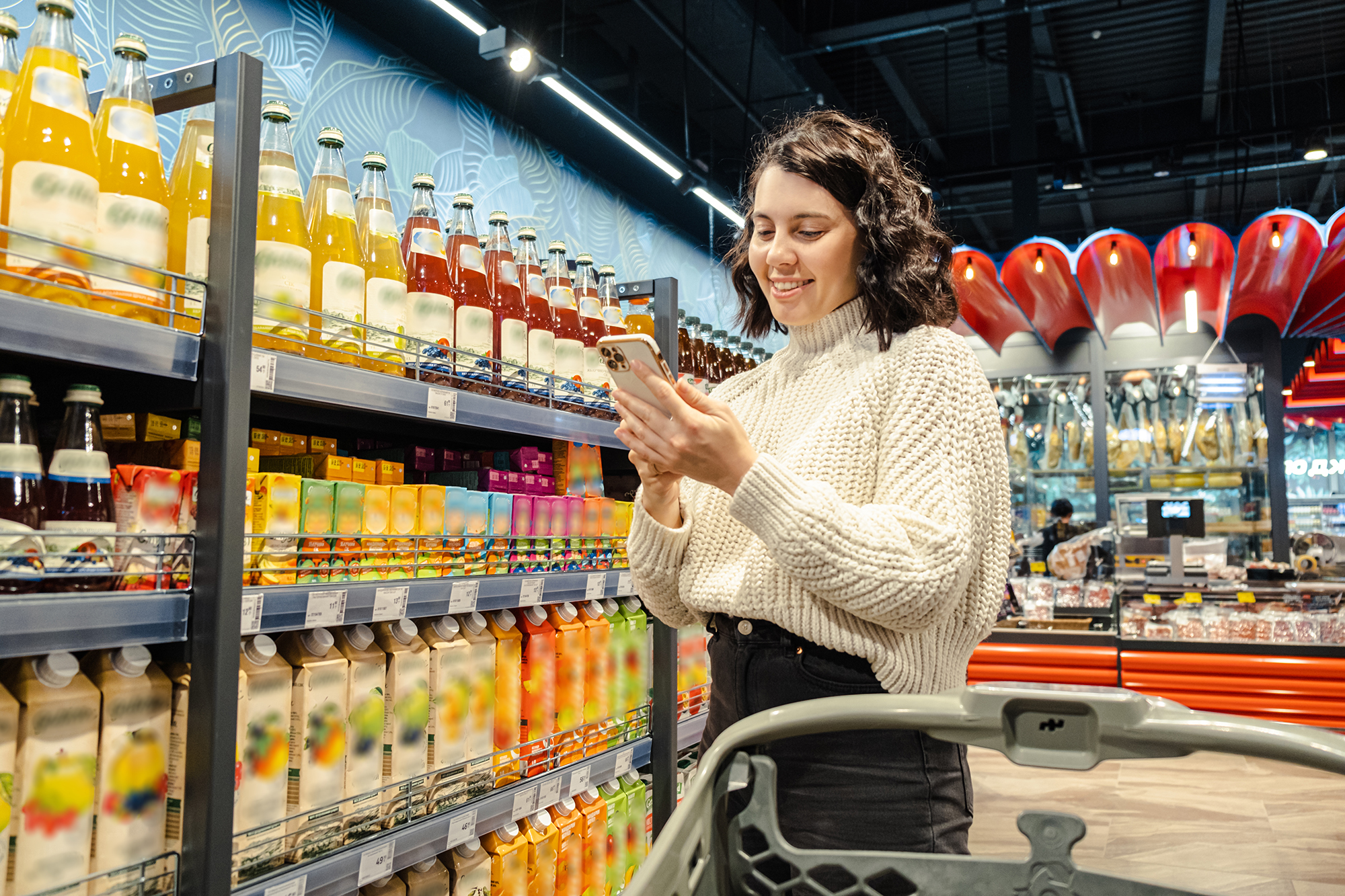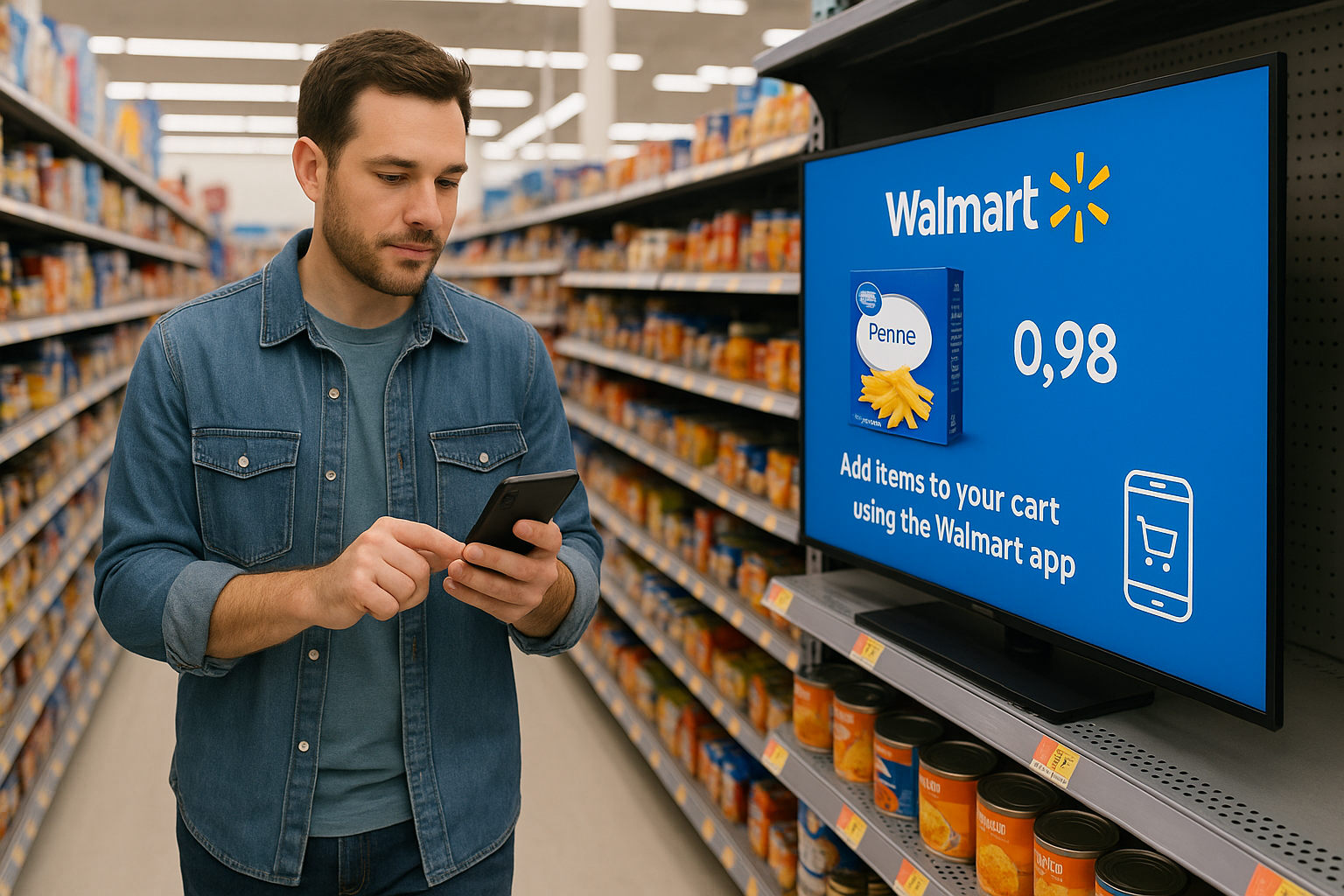Incisiv's annual Digital Maturity Benchmark assesses top grocery retailers' digital channel capabilities. The benchmark is composed of the top grocery retailers across 4 different industry sub-segments. This is a summary of the key findings of 2021.
Table of Content
Incisiv's annual Digital Maturity Benchmark assesses top grocery retailers' digital channel experience and capabilities. The benchmark is composed of the top grocery retailers (by annual revenue) across 4 different industry sub-segments. Each retailer's digital maturity capabilities and experience were assessed using an observational methodology.
This is a summary of the key findings of the 2021 analysis. The full report can be downloaded here.
Pandemic-Driven Growth to Continue Digital Acceleration in Grocery.
Digital sales will reach 20.5% by 2026.

As shoppers begin to return to normal life after more than a year of restrictions, most will increase in-store purchases. However, this will not cause digital sales to go down as habits formed with online shipping will remain. In addition, retailers have added digital capabilities that appeal to shoppers, young and older alike. With these factors, we see the share of the market for online shopping to reach close to 21% in the next five years
Shopper Data
~ 75% of shoppers would have purchased groceries online by 2025
- 30% of shoppers have purchased more categories online in 2020 vs 2018
- As COVID restrictions subside, online habits formed during the pandemic will continue to advance
- Convenience and habit has helped sustain the growth of online shopping beyond the regulations of the pandemic
With ~ 90% of shoppers checking the website before store visits, research & discovery process becomes most crucial for success
- 75% of shoppers actively seek promotions while shopping for groceries online
- 80% of shoppers will leave a website if it fails to offer convenient navigation with relevant results
- 71% of retailers have cited real-time inventory call-outs as a major hurdle in onsite inventory management
89% of shoppers are more likely to make another purchase after positive customer experience
- In the absence of physical interactions, customer satisfaction has to evolve from a call-center resolution function to a pro-active customer engagement and satisfaction engine that will directly contribute to shopper loyalty
- 60% of shoppers subscribed to the loyalty programs highlighted that they end up spending more with the brand due to the program incentives occurred
- 79% of shoppers say they prefer live chat as a mode of communication because of the promptness of service
Maturity at a Glance (Stats)
While some digital capabilities that evolved, grocers still have considerable progress to make to fully meet shopper expectation.

Areas of High Growth
Transparency of ingredients & nutritional information
- In the Research & Discovery phase, “transparency of ingredients & nutritional information” was recognized as the areas of high growth
- There was a significant increase in both the “Availability of ingredients for ready-to-eat food” as well as “Availability of nutrition & allergen information for ready-to-eat food” of 7% and 8% respectively between 2020 & 2021
- While “Separate category for special diets (eg., vegan)” remains relatively low, there was a significant increase from 25% in 2020 to 34% in 2021
Speed of checkout
- In the Online Ordering phase, “Speed of checkout” was recognized as the areas of high growth
- There was a significant increase in all the three verticals between the year 2020 and 2021: 17% for “One-screen checkout”, 13% for “Option to add-to-cart directly from product recommendation”, and 16% for “Selecting desired store at the beginning of the journey”
Personalization and engagement
- In the Customer Engagement & Service phase, “Personalization & Engagement” was recognized as the areas of high growth
- “Brand’s mobile-app advertisement” was already doing significantly well, and further saw a substantial increase from 64% in 2020 to 71% in 2021
- Whereas, both “Virtual assistant” and “Recommendations for users on homepage” remains low, they saw a significant increase from 15% in 2020 to 25% in 2021 and 5% in 2020 to 15% in 2021, respectively
Areas of Low Growth
Nuanced and extensive filtering options
- During the Research & Discovery phase, “nuanced and extensive filtering options” was recognized as the areas of low growth
- Availability of more than 4 filters remained constant at 46% between the year 2020 and 2021. On the other hand, filter for dietary restrictions (eg., gluten-free) grew by 4% between 2020 and 2021
- Lastly, while filter for fulfillment option (eg., in-store pickup) remains low, it increased from 7% in 2020 to 8% in 2021
Adoption of new fulfillment methods
- During the Frictionless Fulfillment phase, “adoption of new fulfillment methods” was recognized as the areas of low growth
- On one hand, Delivery via Third Party remained constant at 45% between 2020 & 2021. On the other hand, Curbside Pickup grew by 7% between 2020 and 2021
- While Two-hour Pickup remains relatively low, it grew from 19% in 2020 to 22% in 2021
Adoption of customer account and loyalty program
- In the Customer Engagement & Service phase, “adoption of customer account & loyalty program” was recognized as the areas of low growth
- There was a significant increase in both the “Option to register & manage Loyalty Membership” as well as “Option to earn Reward Points for every purchase” of 5% and 4% respectively between 2020 & 2021
- While “Option to save Offers & Deals in User Profile” remains relatively low, there was an increase from 18% in 2020 to 22% in 2021
Spotlights
Informatory stock inventory callouts

- ~60% of shoppers drop off from a website without looking at a product detail page
- Retailers need to go beyond availability and provide shoppers with reasons to complete purchases
- Inventory status callouts attract shoppers to products and assure an instant conversion into the purchase
- However, just 6% of grocery retailers currently display low inventory callouts to push shoppers to purchase
- Walmart uses prominent and simple callouts to draw the attention of shoppers to specific products (as seen in the above image)
Expedited one-screen checkout

- For over 70% of shoppers, the checkout experience is their biggest pain point
- On average, 69% of the shoppers abandon the cart due to a poor checkout experience
- Boosting conversion rates by optimizing the checkout process is on the high priority list for retailers, with 38% of retailers assessed offering one screen checkout from the cart page
- Albertsons offers an efficient one-screen checkout option with pre-arranged settings for location and slot (as seen in the above image)
Ability to share location updates with stores

- 88% of the shoppers have said that speed is the #1 reason for using click and collect. However, long wait times are a challenge
- Conditioned by the speed of QSR drive-thru, grocery wait times are an average of 3x higher, hampering shopper experience
- In 2020, grocers started experimenting with integrating with GOS services for live location tracking and immediate pickup
- Currently, only 6% of grocers offer this capability
- Walmart enables shoppers to coordinate the pick up via the Walmart app or by calling up the store to inform on the status, this ensures immense efficiency for the entire process (as seen in the above image)
Option of adding dietary preference for personalization

- Health/Wellness has become an important factor impacting grocery purchase decisions
- More than 50% of purchase decisions are impacted by dietary restrictions
- Dietary profiles help grocery brands to make personalized recommendations to the shoppers based on their preferences
- Currently, only 13% of grocers offer this capability
- Tesco has a host of options mentioned in the account section that a customer can easily update to get a personalized experience as per their diet/health preferences (as seen in the above image)
Correlation between digital maturity & revenue growth

Digital maturity is highly correlated with revenue growth. Leaders are experiencing more than 5x higher growth compared to laggards.
Leader performance

Digital maturity leaderboard

Methodology
The benchmark is comprised of the top grocery retailers(by annual revenue) across 4 different industry sub-segments:
- Research & Discovery: Availability of information at the crucial decision points
- Online Ordering: Order personalization, inventory visibility & payment options
- Frictionless Fulfillment: Availability, speed and convenience of fulfillment
- 360-Degree Service: Resolution, returns and customer assistance
Each retailer's digital maturity capabilities and experience were assessed using an observational methodology
Each assessment area includes table-stakes and differentiating experiences designations. These are defined based on their overall level of adoption, perceived value by shoppers, and impact on key performance indicators (KPIs) such as average order value (AOV), conversion and traffic.
- Table-Stakes: Foundational capabilities required to address key shopper expectations today. The absence of these capabilities has a negative impact on digital performance KPIs
- Differentiating Experience: Advanced capabilities that address important emerging shopper expectations. The presence of these capabilities has a positive impact on digital performance KPIs
Digital maturity benchmarking: Rating categories

This is an excerpt from the report. To download the full report, fill in your details below.

.png)


.png)



.JPG)


.png)

